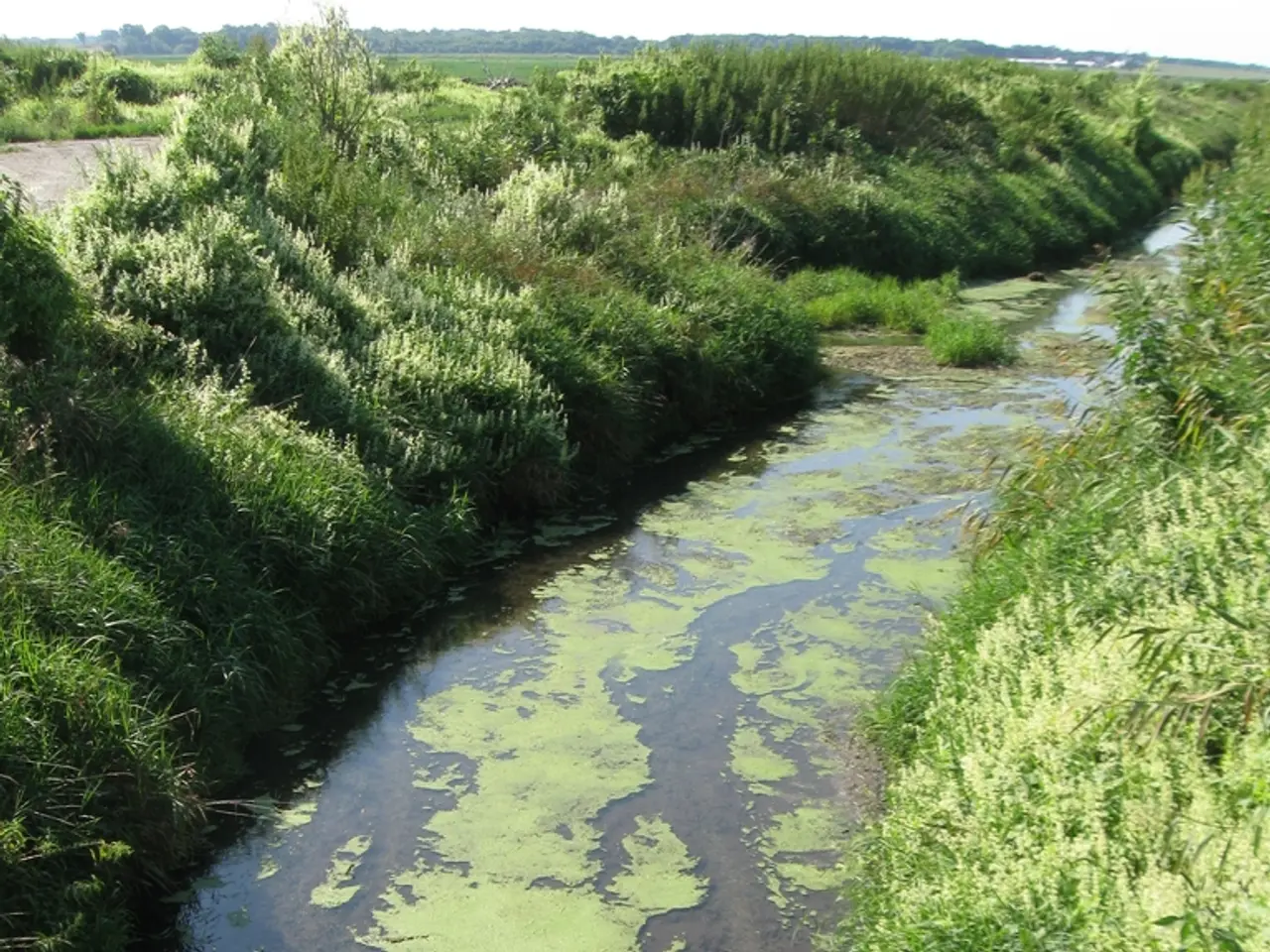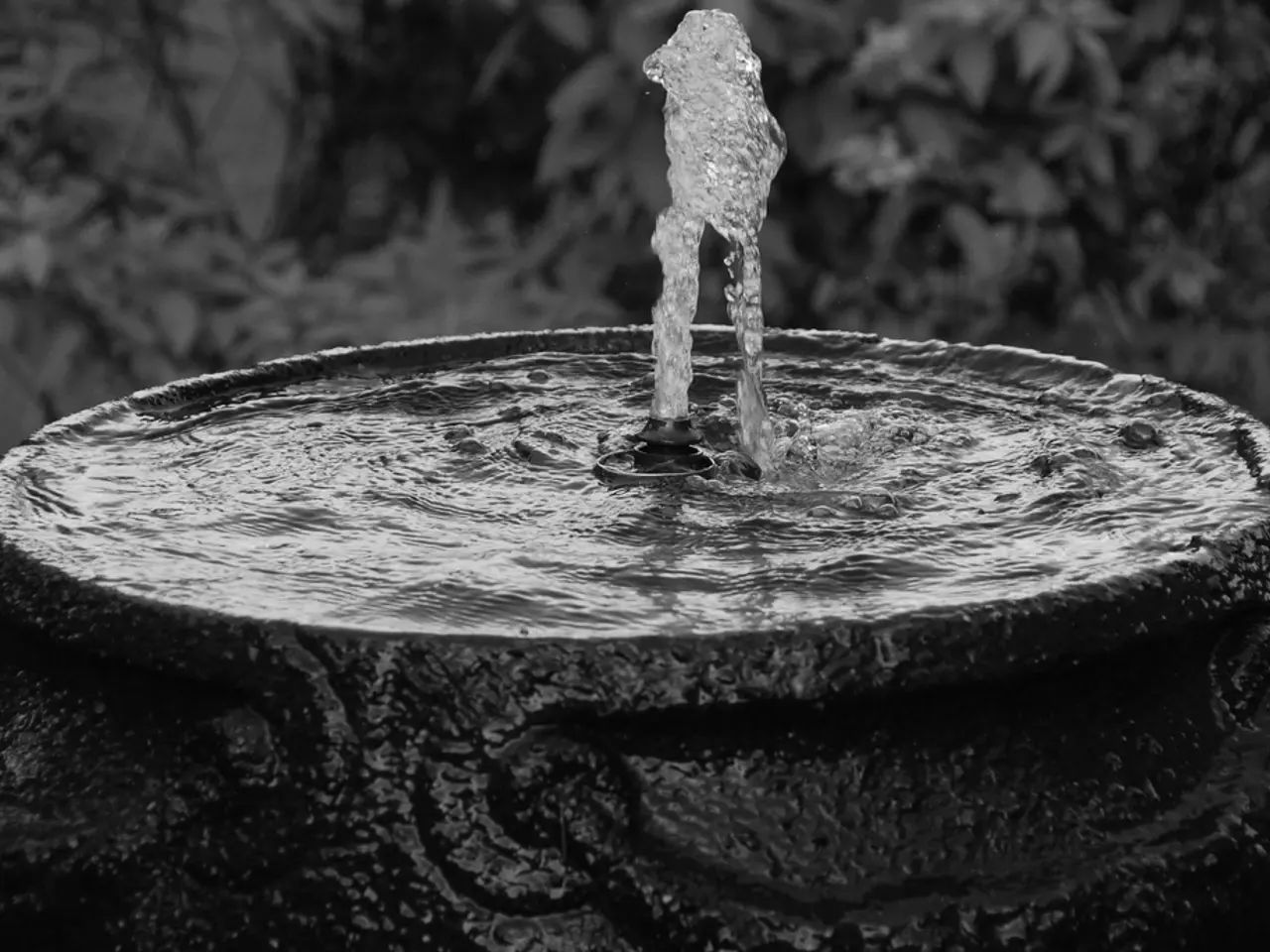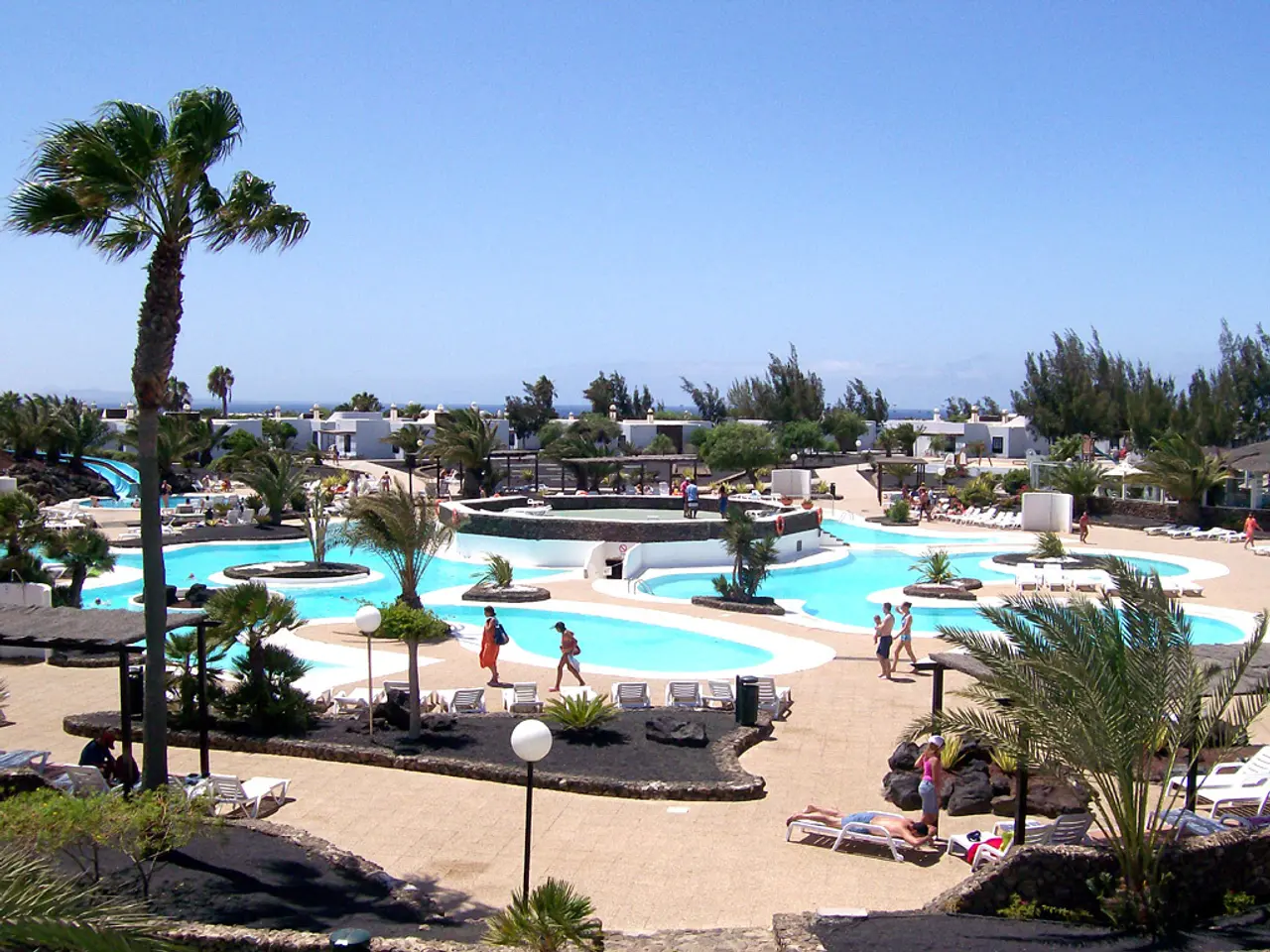Using Greywater at Home: A Guide to Water Conservation
In the pursuit of water conservation, gray water systems have emerged as a promising solution for households. These systems, designed to reuse household wastewater, offer several benefits while also presenting some costs.
The system itself consists of two tanks, a pump, and an independent pipeline system from the drinking water. On average, around 60 liters of gray water per person are produced daily for body care and laundry. About 80% of this gray water can be treated and utilized for various purposes, including flushing the toilet, cleaning, laundry, and garden watering.
However, it's essential to note that the use of gray water is subject to strict hygiene regulations to prevent contamination of drinking water lines. Furthermore, gray water is not suitable for kitchen wastewater or toilet water.
The costs associated with installing a gray water system can vary significantly. Simple gray water systems can start around €3,000, while comprehensive whole-house systems range from €10,000 to €25,000 or more, depending on the complexity and scale of the system. More basic versions, like those that use existing plumbing, might be available for between €1,000 and €2,500.
Integrating the system with existing plumbing drains and irrigation lines can be straightforward, though it may require professional assistance. Regular maintenance, including cleaning filters every 4–6 months, is also a necessary aspect of owning a gray water system.
Despite the questionable economic viability due to installation and maintenance costs, using a gray water system can have a significant environmental impact by saving valuable drinking water. For a four-person household, this could amount to about €320 per year in savings, while for a single-family house, the cost of installing a gray water system is at least €5,000 plus installation costs.
In new buildings, a gray water system can be relatively easily planned. Retroactive installation in an existing building is often more expensive and difficult.
Despite these costs, the long-term savings on water bills and maintenance costs, combined with environmental benefits, make a gray water system an attractive option for households looking to reduce their water footprint. By reducing drinking water consumption by 40 liters per person per day through toilet flushing, and by using gray water for garden watering, households can save up to 17,500 liters of drinking water per person per year, which is about €80 in water and wastewater costs.
Moreover, about 36% of the drinking water is used for body care, and about 12% for laundry, making gray water almost half of the water consumption in the home. The conservation of potable water by reusing gray water for non-potable purposes like irrigation is, therefore, a significant advantage.
Grey water systems can also reduce the frequency of septic system pumping and extend the lifespan of drain fields, leading to lower maintenance costs. Additionally, grey water contains nutrients like phosphates that support plant growth, making it beneficial for garden irrigation.
In conclusion, while the initial cost of installing a gray water system may seem high, the long-term savings, combined with environmental benefits, make it an attractive option for households seeking to conserve water and reduce their environmental impact.
- The community policy could consider incentives such as tax breaks or subsidies to help offset the initial high costs associated with installing a gray water system, making it a more viable choice for homeowners striving for sustainable living.
- On the other hand, in the home-and-garden section of a lifestyle magazine, articles could be published detailing the successful implementation of gray water systems in various households, providing practical advice and showcasing the sustainable benefits of this water conservation strategy.




